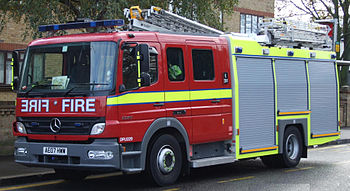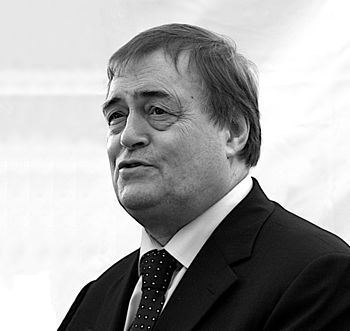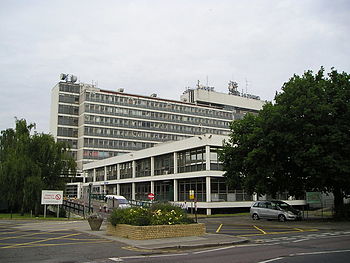Ten years ago the last successful terrorist spectacular was about to happen in London. 52 people were murdered by suicide bombers in one of the worst terrorist attacks in mainland Britain.
Thankfully the repeat attempt a fortnight later didn’t work, nor did the attempted car bombing at Glasgow airport. All the other attempts in the UK have been much lower key and, barring the murder of Drummer Rigby, not successful. That said British people have been killed overseas, last week’s tragedy in Tunisia being a terrible example of the willingness of extremists to go for soft targets.

The 7/7 attacks are probably the only terrorism that I’ve seen from where it happened when it was going on. My job at the time was head of fire control policy. So I was responsible for government policy on how the Fire & Rescue Service dealt with major incidents. Largely that was around coordination and interoperability rather than incident command, the Chief Fire Officers dealt with the last. On checking, my work notebook doesn’t have an entry for 7th July 2005 (in fact it has a three week gap finishing one notebook on the 6th and starting the next on 27th July 2005)
When the first bomb went off I was already at my desk in central London. The initial report (which I got within minutes of the explosion) was of a power surge in the London Underground. Initially, we had no thought of terrorism. However the Fire Emergency Incident Centre was stood up. One of my team went to help out.

As more information became available the picture became clearer that we were dealing with multiple bombs. Early on I called the Fire Minister’s private secretary to tell him what I knew. Although things escalated and John Prescott went to COBR and was directly supported by the FEIC. At one point we had eight major incidents running simultaneously, mainly because each end of a tube tunnel was being handled as a major incident.
I largely watched and waited. Observing for lessons and also calling the national command centre to get them stood up. I also maintained the link with the Fire Minister’s private office (Jim Fitzpatrick MP was the Minister, he was a former firefighter and FBU NEC member). At one point I was asked to find out how well London Fire Brigade were coping with things, and my answer was that they were doing very well. I didn’t actually check with LFB because I reckoned that they had enough on their plate, but I knew that the FEIC was talking to them and my contacts there weren’t reporting problems.

Mainly I spent my time accounting for the project team and also keeping in touch with my wife who was six months pregnant and busy getting people out of hospital beds in Hillingdon Hospital so that there was space to admit the injured. It took a few hours to account for the 90 people in the project team. Most of them had been en route and so we’re mired in the chaos. All the Fire service secondees were put to work in the FEIC. The consultants were sent away and the civil servants helped where they could. By late lunchtime everyone not directly helping with coordination was sent home.
I finally went home at about 1730 and it was the emptiest I’ve ever seen Victoria station. The few commuters were outnumbered by armed police, PCSOs and station staff and there were loads of trains. In fact in their effort to ease people home there were about three times as many trains as normal stopping at my home station. I didn’t need to wait at all and there were empty seats as we left the station. There was a sort of post apocalyptic feel, desertion rather than chaos, about the Victoria area of central London. You don’t get that even in the wee small hours, there’s always traffic and people hanging about. But on the evening of 7th July 2005 no one was hanging about, even the armed police looked alert and purposeful in their patrolling.
The next day I did speak to the Assistant Commissioner of LFB about it. Oddly they’d had a very quiet day, much less busy than usual (incident response aside). The initial explosions were all underground so they’d only had six 999 calls about them. By the time people that had seen it reached the surface there were LFB crews on the scene. After that they found there were very few 999 calls, people seemed to have been more careful and also thought twice before calling for help. Presumably they could see that responding to the bombings and rescuing people was higher priority than their minor issues. Very unusually there were no prank calls or false alarms.
With luck, nothing like this will ever happen again in the UK. Although one cannot ever be complacent about that.










